Eileen Gray (1878-1976) - A Forgotten Irish Designer and Architect in Paris
 Eileen Gray 1926 by Berenice Abbott
Eileen Gray 1926 by Berenice Abbott Eileen Gray in her rue de Bonaparte apartment with a Block Screen, 1970
Eileen Gray in her rue de Bonaparte apartment with a Block Screen, 1970Eileen Gray is the great forgotten C20 designer and architect. Perhaps partly due to being a woman, an expatriate Irish in a non-Anglo environment and an untrained but gifted amateur dilettante. Best known (if at all) for her work in the Art Deco style, she continually embraced new styles and materials throughout her long life, never clinging to past success.
Eileen Gray studied painting at the Slade School in London, and, after her father's death in 1900, moved to Paris, continuing her study at the Académie Julian and the École Colarossi. But it was when back in London in 1905 for her mother's illness that Eileen found Mr Charles' lacquer repair shop in Dean Street in Soho, and learned the art of lacquering screens. Study furthered back in Paris with Sugiwara from 1906-10.
Eileen showed some decorative panels at the Salon des Artistes Décorateurs in 1913, and established her own design business in 1922 at 217 rue du Faubourg-St-Honore, the Galerie Jean Désert. With its mythical director, Jean Desert!
Her interior design involved among other things furniture and interior fittings ...

Screen 1922 Lacquered wood and metal rods
Eileen Gray also planned integrated designs, such as the refurbishing of the rue de Lota apartment of Madame Levy in 1920.
 Rue de Lota apartment designed by Eileen Gray with her Pirogue sofa
Rue de Lota apartment designed by Eileen Gray with her Pirogue sofa The rue de Lota apartment designed by Eileen Gray with her Bibendum Chair, Serpent Chair and Block Screen visible in the doorway
The rue de Lota apartment designed by Eileen Gray with her Bibendum Chair, Serpent Chair and Block Screen visible in the doorwayShe then naturally ventured into a parallel career in architecture under the encouragement of her friend and lover, architecture critic Jean Badovici, with later support of the French architect Le Corbusier.
With Badovici, she began her first home, E-1027 (1927-29), at Cap Martin (Alpes-Maritimes), France ...
... which she followed with Tempe A Pailla (1932-34) 187 rue Castelland, Castellar, (Alpes-Maritimes), France.
Eileen Gray then branched out into other (mostly unrealized) projects.




What I particularly love about this modernist architecture of the 20's and 30's is the open planning - such that space flows through the house, rather than being static and boxed up in square rooms, where doors shut to further close the movement off.
It was only in 1968 that Eileen Gray's work began to be appreciated - through an article by Joseph Rykwert in 'Domus' magazine. An appreciation boosted in 1972 by the unexpectedly high values reached by her furniture and fittings in the auction of the contents of Jean Doucet's apartment.
This led to the reproduction of many of her designs by the London company, Aram. A MoMA exhibition in New York in 1980. And a film 'Eileen Gray - Invitation to a Voyage' (2006), directed by Jorge Bundschuh. Her place in design and architecture is now secure.
From this post you would imagine Eileen Gray was a self-possessed and forceful personality. In fact, she was quiet, shy and nervous ...

... writing in old age:
'I have instinctive fears, fears of ghosts, of people. I have tried in vain to conquer them'
I love when people so magnificently overcome their (perhaps self-perceived) limitations!





















![C18 Bronze Buddha [Southern China]](http://4.bp.blogspot.com/-pg5AYBcdb0k/VY-W9bzdjcI/AAAAAAAAE4U/pxWiGKSBIls/s1600/Buddha%2B%255BBronze%252C%2BC18%252C%2BChina%255D%2B1.jpg)




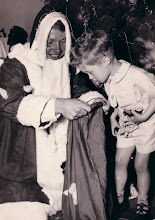






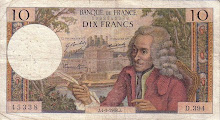
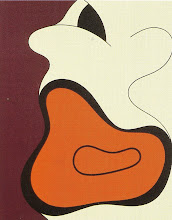+1998+Cropped.jpg)

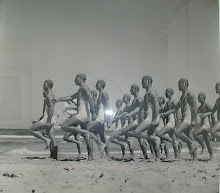
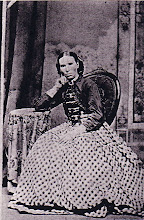







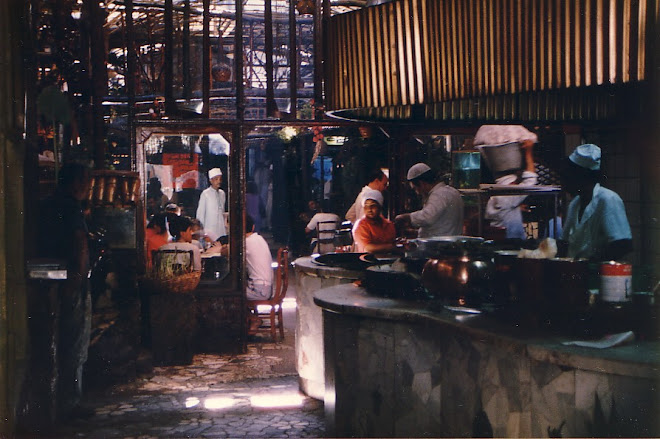

No comments:
Post a Comment